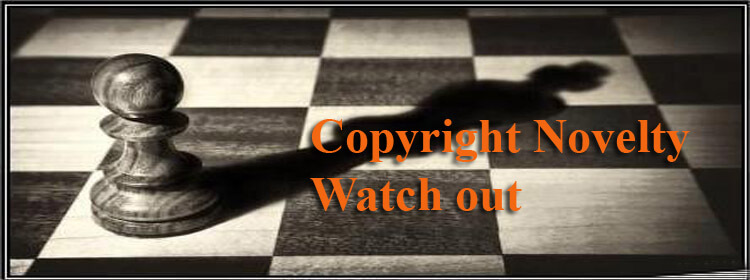Copyright is kind of a forbidden word in the chess world. You can study and play some chess openings or defenses, to be successful with them and then you will see, especially in the elite, how other players will start copying your choice of repertoire and novelties.
Nothing we can do to avoid this kind of copyright violation, even less nowadays when some friendly games in the Internet end up in the chess databases.
Things were a bit different, some years ago, when many games played in open tournaments were completely anonymous. I have a curious example, with a game of myself:
Cifuentes Parada,Roberto (2490) - Serrano Salvador,Eduardo (2119) [D46]
Benasque open (2), 07.07.2000
GM Cifuentes has a big reputation as an opening expert.
1.d4 d5 2.c4 c6 3.Nc3 Nf6 4.e3 e6 5.Nf3 Nbd7 6.Bd3 Bd6 7.0–0 0–0 8.e4 dxe4 9.Nxe4 Nxe4 10.Bxe4 h6 11.Bc2 e5 12.Qd3 f5 13.c5 Bc7 14.dxe5 Nxe5 15.Qb3+ Kh8 16.Re1 Re8 17.Bf4
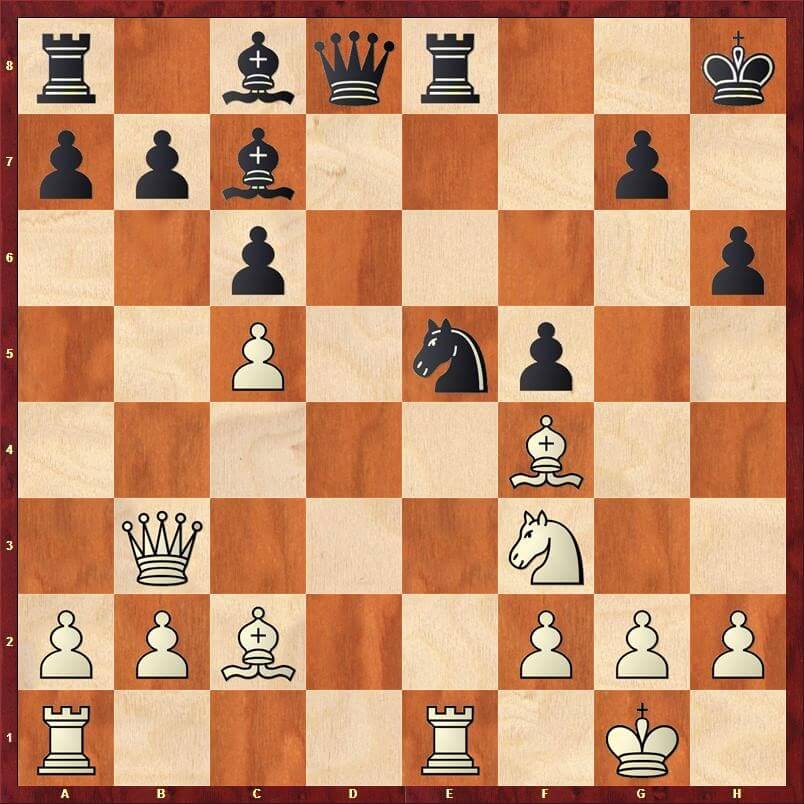
The old Yugoslav encyclopedia gave this line, not based in any game, stating that White has a slight edge here. I just learned about this afterwards though. Strangely enough, there is not a single game in the OM chess database played before the year 2001 achieving this position, so we can guess we were the first ones to try it. Or maybe there are more anonymous games with this line?
17...Be6 18.Qc3 Nxf3+ 19.Qxf3 Bxf4 20.Qxf4 Qf6 I felt very comfortable here and the game ended up in a draw:
21.Qb4 Bd5 22.a3 Qg5 23.g3 Qh5 24.Qf4 Rxe1+ 25.Rxe1 Re8 26.Rxe8+ Qxe8 27.Kf1 Be4 28.Bxe4 fxe4 29.h4 Qh5 30.b4 Qd1+ 31.Kg2 Qd3 32.Qe3 Qd5 33.g4 g5 34.h5 Kg7 35.Qc3+ Kf7 36.Qe3 Ke6 37.f4 gxf4 38.Qxf4 e3+ 39.Kg3 Qe5 40.Qxe5+ Kxe5 41.g5 hxg5 42.Kf3 Kf5 43.Kxe3 g4 44.h6 Kg6 45.Kf4 Kxh6 46.Kxg4 Kg6 47.Kf4 Kf6 48.Ke4 Ke6 49.Kd4 Kf6 50.Ke4 Ke6 ½–½
This game does not look very impressive and it is not very exciting either, but I was very surprised when in some chess magazine I read that White does not play this line anymore because a Cifuentes’ game… as Black! Yes, after this game, he played twice this line as Black showing that White has not much to do here. You can find these games in the OM Chess database.
As it was mentioned above, it is very different nowadays. The games are there, it just happens that maybe you missed an important one, whereas your opponent did his homework. I was present in this tournament to see this amazing game with my own eyes:
Almagro Llamas,Pablo (2375) - Gustafsson,Jan (2570) [B19]
Pablo Gorbea Memorial 7th Madrid (4), 04.09.2003
1.e4 c6 2.d4 d5 3.Nc3 dxe4 4.Nxe4 Bf5 5.Ng3 Bg6 6.h4 h6 7.Nf3 Nd7 8.h5 Bh7 9.Bd3 Bxd3 10.Qxd3 e6 11.Bf4 Ngf6 12.0–0–0 Be7 13.Kb1 Qa5 14.Ne5 0–0 15.Ne4 Rad8 16.Nxf6+ Nxf6 17.Qe2 c5 This natural move was an unfortunately novelty. Now we can see some fireworks:
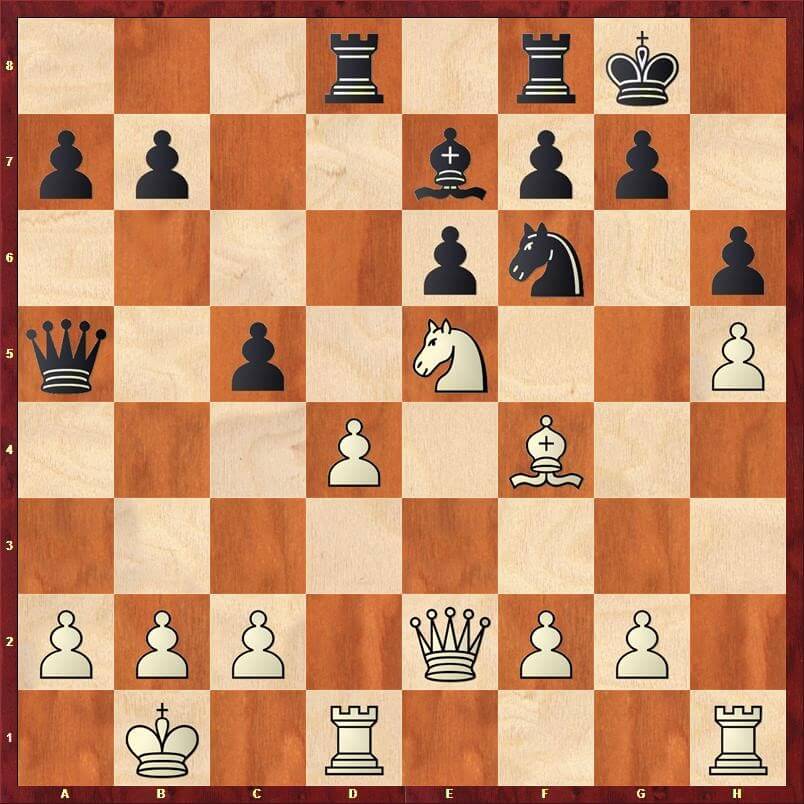
18.Ng6! fxg6 Rfe8 was a sad alternative, but now Black is just losing 19.Qxe6+ Kh8 20.hxg6! something is going to hit h6 and the Black position looks desperate. 20.Qxe7 Nd5 21.Bd2 Nxe7 22.Bxa5 b6 was not dangerous for Black.
20...Ng8
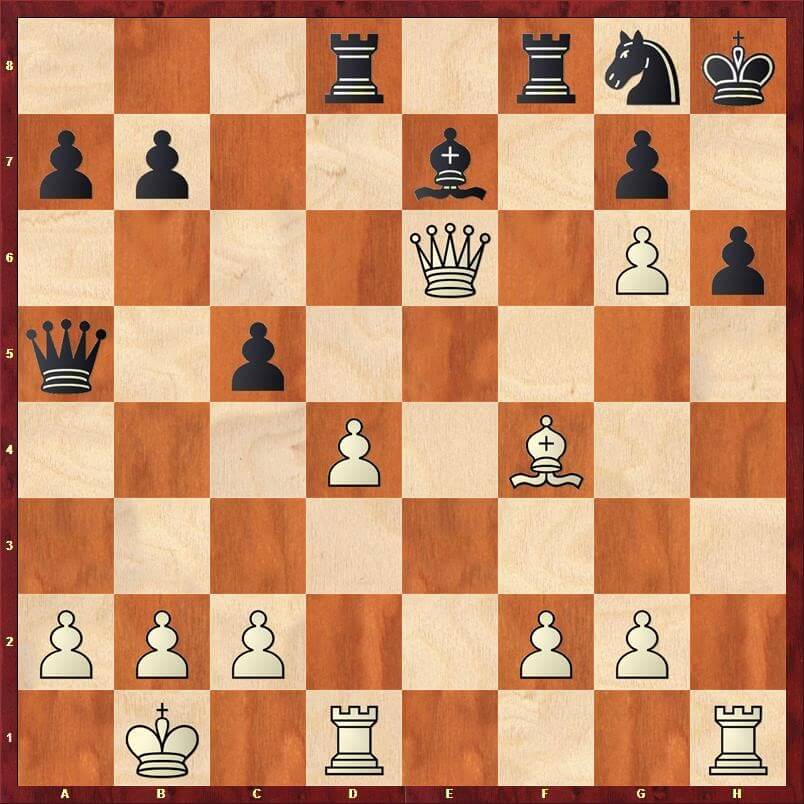
21.Bxh6! gxh6 21...Nxh6 22.Rxh6+ gxh6 23.Qxe7 with mate
22.Rxh6+! Nxh6 23.Qxe7 Nf7
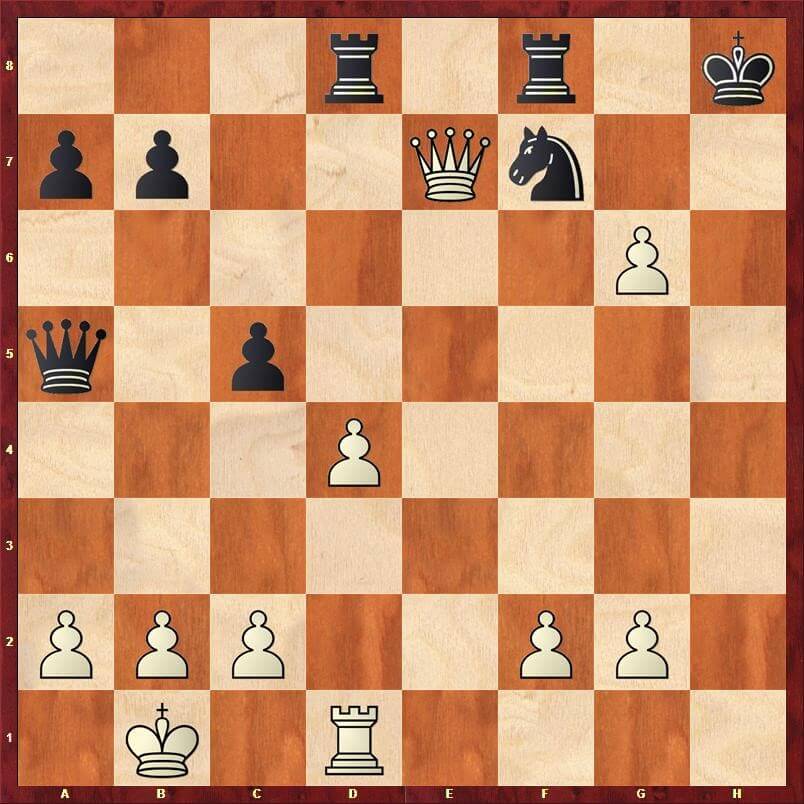
We were playing without increment in this tournament and Almagro had spent lot of time to reach this position. The cold engine says that 24.gxf7 is a crushing win for White, but unluckily Almagro was not able to close this brilliant game.
24.Qf6+ nothing really bad yet, because it also wins
24...Kg8 25.Rh1 Nh6 26.Qe7 Nf7 27.Qf6 27.Rh3 with the idea of taking on f7 is winning, but it is not easy with just some seconds left to reach the 30th move. 27...Ng5 28.Rh7! Qe1+ forced move 29.Qxe1 Nxh7 30.gxh7+ and White has too many pawns.
27...Nh6 28.Qe7 Nf7 ½–½
Just three months later, a very young Norwegian IM impressed the chess world repeating the first 23 moves in the C group of the Corus tournament and playing then 24.gxf7. Can you guess who was this player?
Author: Eduardo Serrano Salvador



